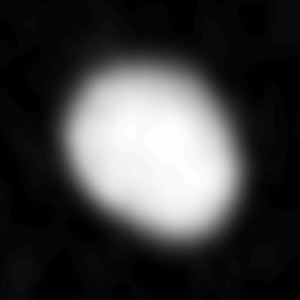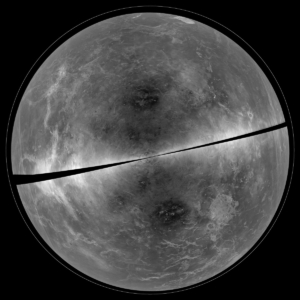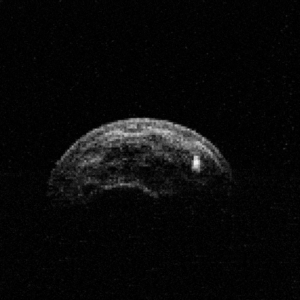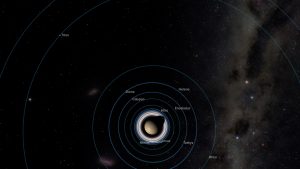Summer school astronomers image near-Earth asteroid.
Asteroid Juno Seen Traveling Through Space in New ALMA Images and Animation
ALMA images asteroid Juno on its journey through solar system.
Asteroid Juno Seen Traveling Through Space in New ALMA Images and Animation
ALMA images asteroid Juno on its journey through solar system.
Image Release: Venus Revealed in Radio Light
GBT partners with Arecibo to reveal the hidden surface of Venus.
Image Release: High-Def Radar Images of Near-Earth Asteroid
GBT helps with landmark observation of near-Earth asteroid.
Improved Saturn Positions Help Spacecraft Navigation, Planet Studies, Fundamental Physics
Scientists have used the National Science Foundation’s Very Long Baseline Array (VLBA) radio-telescope system and NASA’s Cassini spacecraft to measure the position of Saturn and its family of moons to within about a mile — at a range of nearly a billion miles.











